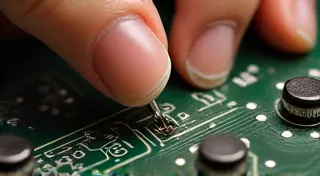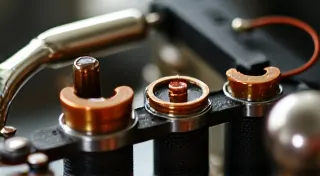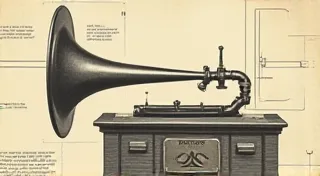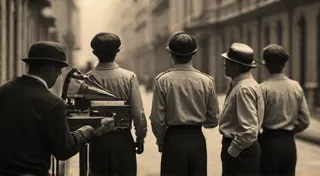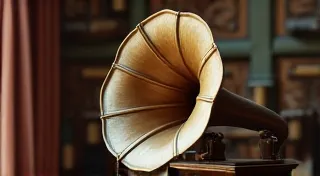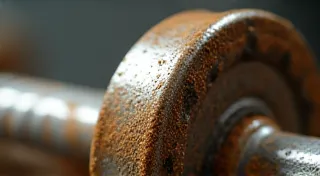Cleaning and Preserving Antique Phonograph Records
Your collection of antique phonograph records is a precious link to the past, offering a unique listening experience unavailable with modern audio formats. However, these fragile discs are also incredibly susceptible to damage from dust, grime, and improper handling. This guide details the proper methods for cleaning and preserving your antique phonograph records, ensuring their longevity and optimal playback quality. Owning an antique phonograph is a rewarding experience, but keeping both the records and the machine itself in good working order requires specialized care and attention.
Understanding the Challenges
Antique phonograph records differ significantly from modern vinyl. They are typically thicker and more brittle, with softer grooves often filled with manufacturing residue and accumulated dirt. The composition of the recording material itself was different back then, often including materials that are more prone to degradation. Harsh cleaning methods common for modern vinyl can easily damage these fragile discs, leading to irreparable groove damage and audio degradation. Furthermore, the mechanisms within the phonograph itself, from the drive motor to the delicate stylus, require regular maintenance to ensure optimal performance. Addressing common common electrical problems in antique phonographs can be a crucial part of the overall preservation process. Therefore, a gentle and deliberate approach is essential.
What You'll Need
- Soft Brushes: Several brushes with varying softness are ideal. A large, soft artist’s brush for initial dust removal and a smaller, even softer brush (goat hair or similar) for groove cleaning.
- Distilled Water: Absolutely essential. Tap water contains minerals that can leave residue and exacerbate existing damage.
- Microfiber Cloths: Clean, lint-free microfiber cloths are crucial for drying.
- Record Cleaning Solution (Optional): If using, select a solution specifically designed for vintage records or a very mild, pH-neutral option. Avoid alcohol-based cleaners!
- Record Cleaning Machine (Optional): While not mandatory, a vacuum-based record cleaning machine can offer superior cleaning and drying capabilities.
- Specialized Lubricants (Optional): For maintaining the phonograph's mechanical components, having the correct type of lubricant is key. Often, older phonographs have sticky grease that needs to be carefully cleaned and replaced with a modern alternative.
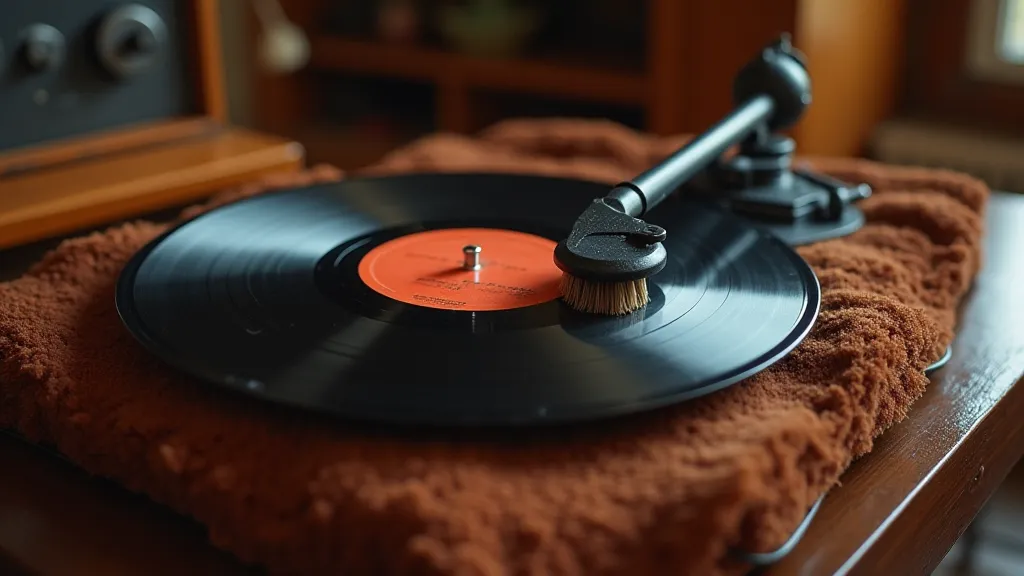
The Cleaning Process – A Step-by-Step Guide
- Initial Dusting: Using the large, soft brush, gently sweep the record surface to remove loose dust and debris. Always brush in a circular motion following the groove direction.
- Wet Cleaning (Distilled Water): Dampen the smaller brush with distilled water. Carefully clean the grooves, again following the groove direction. Do not saturate the record.
- Drying: Immediately dry the record with a clean microfiber cloth. Blot gently, don’t rub vigorously. Multiple cloths might be necessary.
- Using a Record Cleaning Solution (If Desired): Apply a small amount of the cleaning solution onto the brush or directly onto the record (following the solution’s instructions). Follow with a distilled water rinse and thorough drying.
Preservation Tips – Beyond Cleaning
- Storage: Store records vertically, never stacked horizontally. This prevents warping. Proper storage is just as important as careful cleaning.
- Sleeves: Use acid-free record sleeves to protect the discs from dust and scratches.
- Environment: Keep your record storage area cool and dry, away from direct sunlight and extreme temperatures.
- Handling: Always handle records by the edges to avoid fingerprints and grime on the playing surface.
- Regular Cleaning: Even if records aren't played often, a gentle cleaning every few years is a good preventative measure.
- Component Maintenance: Consider that the stylus itself, a crucial element for both playback and record preservation, also needs occasional cleaning.
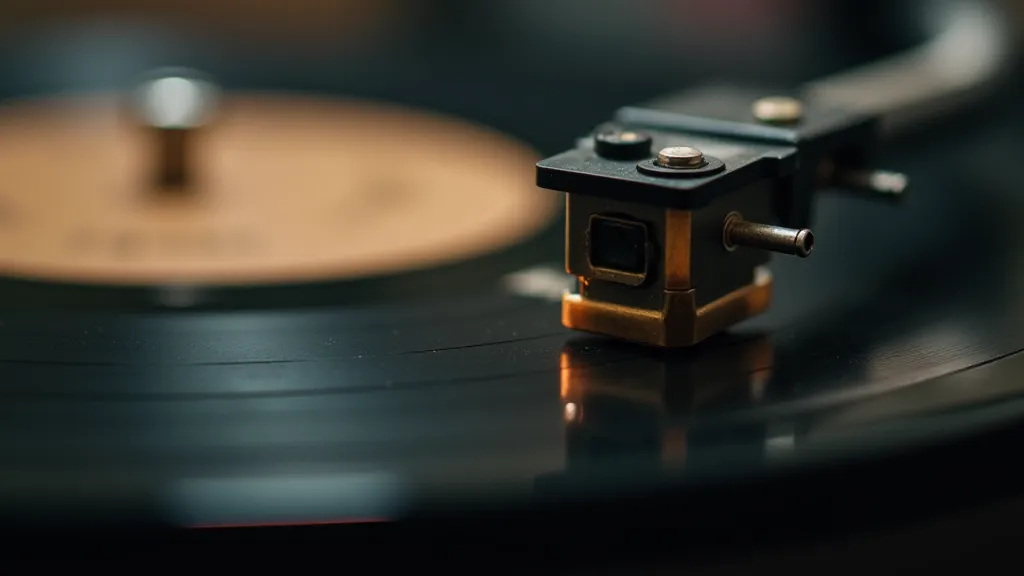
Troubleshooting Common Issues
Beyond the basics of cleaning and storage, antique phonograph records, and the machines themselves, often present unique challenges. Sometimes, the complexity of the mechanism can be daunting. For example, the intricate workings of the governor mechanism in phonographs are critical for maintaining consistent playback speed, and issues with this component require specialized knowledge.
Dealing with Stubborn Dirt and Residue
Some records may have ingrained dirt or residue that requires more attention. These can be caused by manufacturing inconsistencies, improper storage over time, or even previous attempts at cleaning that were not entirely successful. In these cases, repeat the cleaning process, using a slightly more concentrated cleaning solution (if using) and patiently working the dirt out of the grooves. Avoid aggressive scrubbing, as this can damage the delicate grooves. Repeated cleanings, combined with careful observation of the residue being removed, can help determine the best approach for particularly stubborn grime.
Understanding Limitations
It's important to acknowledge that some damage may be irreversible. Years of neglect and improper handling can take their toll on a record's condition. Groove wear, surface scratches, and even subtle chemical degradation can permanently affect the audio quality and structural integrity of the record. However, with careful cleaning and proper preservation, you can significantly extend the life of your antique phonograph records and enjoy the rich sound of the past for years to come. This extends to the entire phonograph itself; sourcing replacement parts for antique phonographs is often necessary to keep these machines functional.
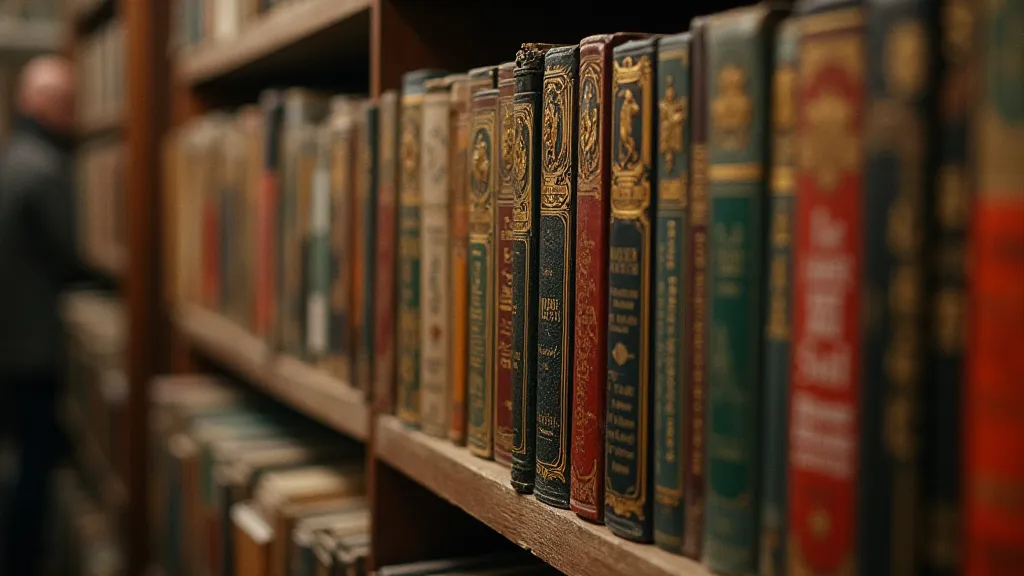
The Impact of Materials and Manufacturing Processes
Understanding the materials used in the manufacturing of antique phonograph records sheds light on their fragility. Early records were often made from shellac, a natural resin derived from the lac insect. Shellac is inherently brittle and susceptible to cracking and warping. The manufacturing processes themselves were also less refined, leading to inconsistencies in record thickness and groove quality. Recognizing these factors allows for a more informed and gentle approach to cleaning and preservation. Modern vinyl records, typically made from PVC, are significantly more durable and less prone to these issues.
Advanced Preservation Techniques (For the Dedicated Collector)
For those deeply committed to preserving their antique phonograph records, several advanced techniques can be considered. These may include specialized ultrasonic cleaning systems, which use high-frequency sound waves to dislodge dirt and debris. However, it's essential to research and understand the potential risks associated with these methods, as improper use can cause irreversible damage. Another option is to consult with a professional record restoration specialist, who has the expertise and equipment to address complex preservation challenges. Furthermore, careful attention should be paid to the condition of the phonograph's drive belt or spring motor, as these components contribute significantly to playback fidelity and can require periodic replacement or lubrication.
Conclusion
Cleaning and preserving your antique phonograph records is a labor of love. It's a process that combines technical skill, patience, and a deep appreciation for the history and artistry captured within those grooves. By following these guidelines, you’re not just cleaning records; you're safeguarding history and ensuring that these unique pieces of audio heritage continue to be enjoyed for generations to come. Remember that a holistic approach, encompassing record cleaning, phonograph maintenance, and proper storage, is key to preserving these invaluable artifacts of a bygone era.
